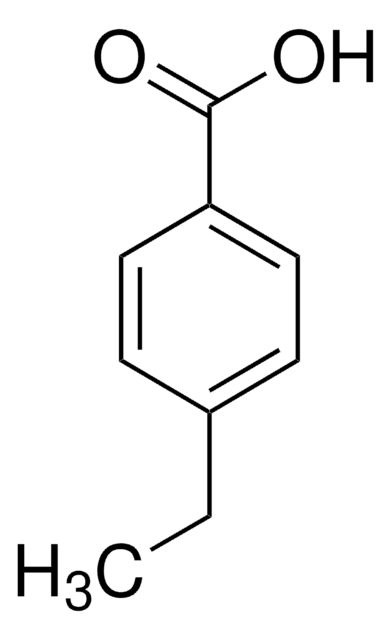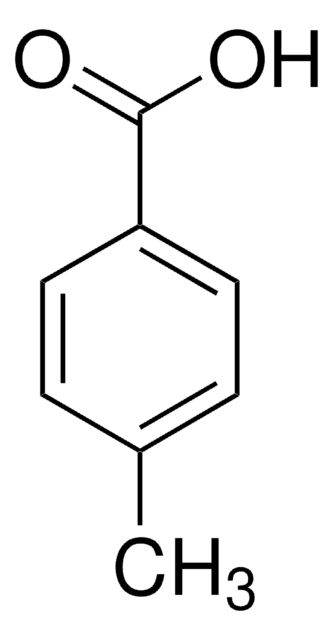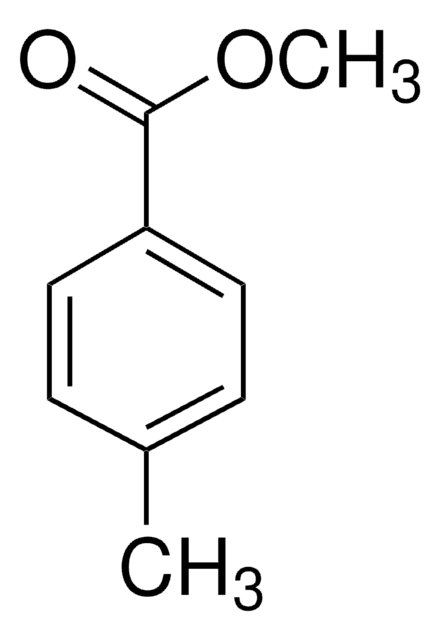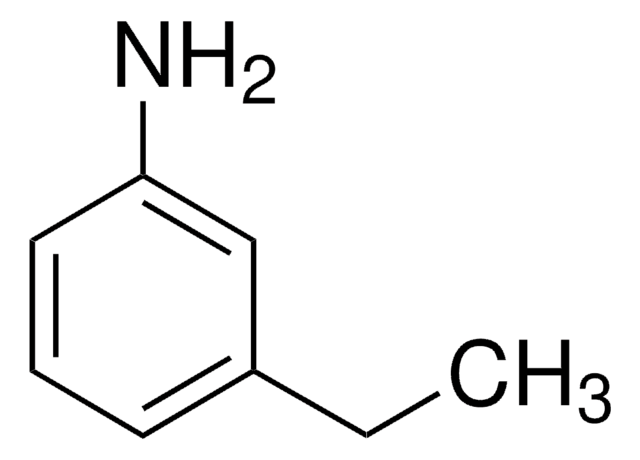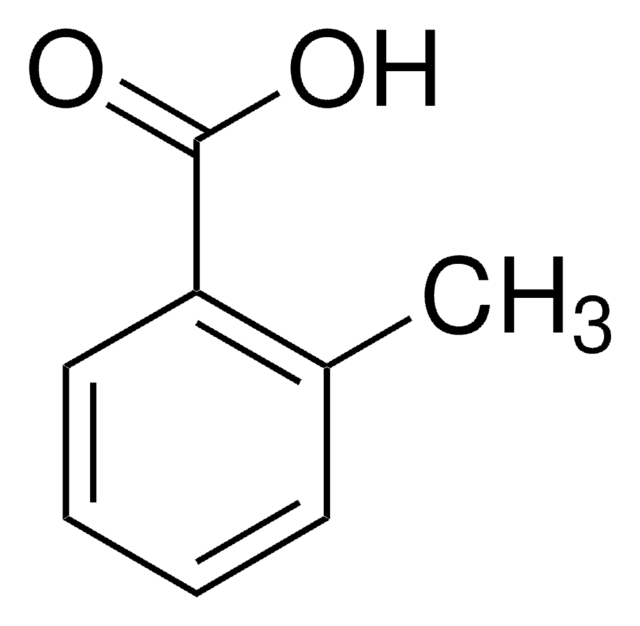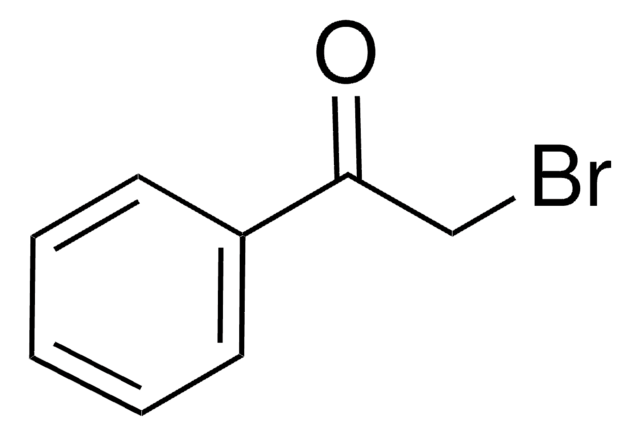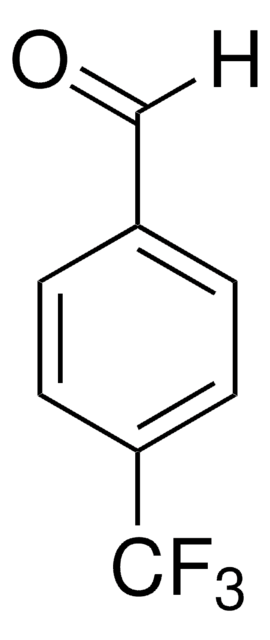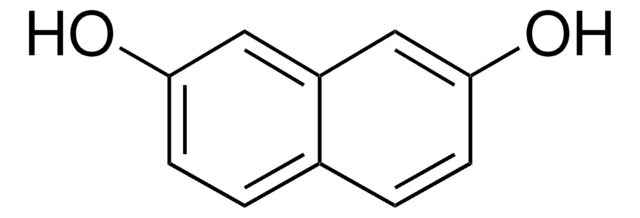253804
2-Ethylbenzoic acid
97%
Iniciar sesiónpara Ver la Fijación de precios por contrato y de la organización
About This Item
Fórmula lineal:
C2H5C6H4CO2H
Número de CAS:
Peso molecular:
150.17
MDL number:
UNSPSC Code:
12352100
PubChem Substance ID:
NACRES:
NA.22
Productos recomendados
Quality Level
assay
97%
mp
62-66 °C (lit.)
functional group
carboxylic acid
SMILES string
CCc1ccccc1C(O)=O
InChI
1S/C9H10O2/c1-2-7-5-3-4-6-8(7)9(10)11/h3-6H,2H2,1H3,(H,10,11)
InChI key
CGMMPMYKMDITEA-UHFFFAOYSA-N
Categorías relacionadas
Application
2-Ethylbenzoic acid has been employed:
- as substrate for microbial asymmetric synthesis of (S)-3-methylphthalide
- in synthesis of γ-lactones and bis(2-ethylbenzoyl)peroxide
signalword
Warning
hcodes
Hazard Classifications
Eye Irrit. 2 - Skin Irrit. 2 - STOT SE 3
target_organs
Respiratory system
Storage Class
11 - Combustible Solids
wgk_germany
WGK 3
flash_point_f
Not applicable
flash_point_c
Not applicable
ppe
dust mask type N95 (US), Eyeshields, Gloves
Elija entre una de las versiones más recientes:
¿Ya tiene este producto?
Encuentre la documentación para los productos que ha comprado recientemente en la Biblioteca de documentos.
Microbial asymmetric syntheses of 3-alkylphthalide derivatives.
Kitayama T.
Tetrahedron Asymmetry, 8(22), 3765-3774 (1997)
Intramolecular hydrogen-atom transfer in 2-alkylbenzoyloxyl radicals as studied by transient absorption kinetics and product analyses on the photodecomposition of bis (2-alkylbenzoyl) peroxides.
Wang J, et al.
Bulletin of the Chemical Society of Japan, 68(4), 1213-1219 (1995)
Cynthia D Fast et al.
The Journal of neuroscience : the official journal of the Society for Neuroscience, 37(11), 3085-3101 (2017-02-12)
Fear- and stress-induced activity in the amygdala has been hypothesized to influence sensory brain regions through the influence of the amygdala on neuromodulatory centers. To directly examine this relationship, we used optical imaging to observe odor-evoked activity in populations of
An improved method for the synthesis of ?-lactones using sodium bromate and sodium hydrogen sulfite.
Hayat S, et al.
Tetrahedron Letters, 42(9), 1647-1649 (2001)
Nuestro equipo de científicos tiene experiencia en todas las áreas de investigación: Ciencias de la vida, Ciencia de los materiales, Síntesis química, Cromatografía, Analítica y muchas otras.
Póngase en contacto con el Servicio técnico